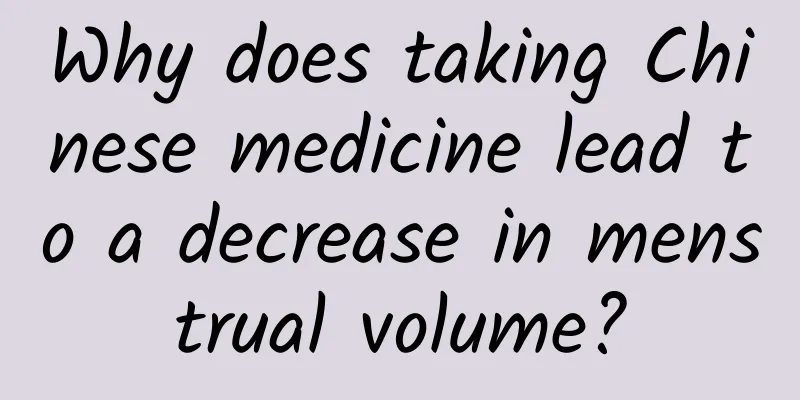Symptoms of cervical spondylosis

|
Osteophyte is very common among middle-aged people, especially in rural areas. Many people suffer from osteophyte, which has a lot to do with long-term labor. Osteophyte has a great impact on life. It can cause pain and even paralysis in severe cases. There are many types of osteophyte, the most common of which is cervical spondylosis. Let's take a look at the symptoms of cervical spondylosis. Everyone should be familiar with bone hyperplasia. After middle age, the phenomenon of calcium deficiency is very obvious, so bone hyperplasia will easily occur. The harm of bone hyperplasia is very large, especially bone hyperplasia in the cervical spine. Let's take a look at the symptoms of cervical bone hyperplasia. Common symptoms Cervical spondylosis Cervical spondylosis: The most common areas are cervical vertebrae 4, 5, and 6. If bone hyperplasia occurs in the cervical spine, bone spurs will compress blood vessels and directly affect blood circulation, with various manifestations. The main symptoms include neck and back pain, upper limb weakness, numbness of fingers, dizziness, nausea and even blurred vision and difficulty swallowing. If the bone spur extends into the spinal canal and compresses the spinal cord, it can also lead to serious consequences such as unsteady walking, paralysis, numbness of the limbs, and incontinence. Lumbar vertebrae bone hyperplasia Lumbar vertebrae bone hyperplasia: L3, 4, and 5 vertebrae are the most common. Clinically, symptoms such as soreness, distension, stiffness, fatigue in the lumbar spine and lumbar soft tissues, and even limited bending ability are common. If the adjacent nerve roots are compressed, it may cause corresponding symptoms, such as local pain, stiffness, posterior root neuralgia, numbness, etc. If the sciatic nerve is compressed, it can cause pain in the buttocks, back of the thigh, posterior and lateral side of the calf and outer side of the foot, with severe numbness, burning pain, cramping and stringy pain in the affected limb, radiating to the entire lower limb. Radiculopathy Symptoms: Pain and radiating pain in the neck, shoulders, hips, and wrists. And the range is consistent with the area innervated by the cervical spinal nerves. In severe cases, neck movement may be restricted, especially extension and rotation. Spinal cord type Symptoms: numbness, soreness, and burning in the limbs. When walking, it feels like walking on cotton, the center of gravity of the body is unstable, and it is very easy to fall. Vertebral artery type Symptoms: vertigo, migraine, visual disturbances, dysphonia, tinnitus, deafness and cataplexy. Esophageal Symptoms: Throat discomfort, foreign body sensation, difficulty swallowing, etc. Sympathetic Symptoms: One side of the palpebral fissure is larger than the other side, pupils are of different sizes, vision is blurred, half of the face is dry, and there is little sweating, etc. We should know more about the symptoms of cervical spondylosis. If bone hyperplasia occurs, it must be treated in time. We should also be able to prevent bone hyperplasia in time in our daily life, avoid long-term strenuous labor, and do some physical exercise appropriately in daily life. |
<<: What is the pain on the right side of my chest?
>>: The dangers of varicose veins
Recommend
What to do if your gums bleed and you have bad breath?
Bleeding gums are also accompanied by bad breath,...
Slight body tremors
If there is a slight tremor in the body, there ar...
Stop toothache in one minute
We know that a cold and fever will take two or th...
How to treat high uric acid?
I often hear some friends say that they had a phy...
The efficacy and function of roasted pangolin powder
The main raw material of pangolin powder is pango...
What drugs are used for pharyngitis nebulization?
Pharyngitis is the most common type of laryngeal ...
What is the cause of hoarseness?
Many people will suffer from hoarseness due to ex...
Can soaking your feet in summer help you lose weight?
In the summer, you should pay attention to soakin...
What to do if your eyes are itchy, red and swollen
Diseases are constantly taking away human health....
How to relieve stomach pain in early pregnancy
Pregnancy is one of the most important things in ...
What is headache and tinnitus?
Headaches and tinnitus are quite common in life, ...
Hepatitis B virus
Because our human body has antibodies against cer...
What fruits to eat for tonsil suppuration? You will know at three points
Some issues that patients with tonsillitis need t...
A hard lump between the anus and the testicles
The presence of a lump between the anus and testi...
How to treat hip dislocation?
When you encounter the problem of knee dislocatio...









